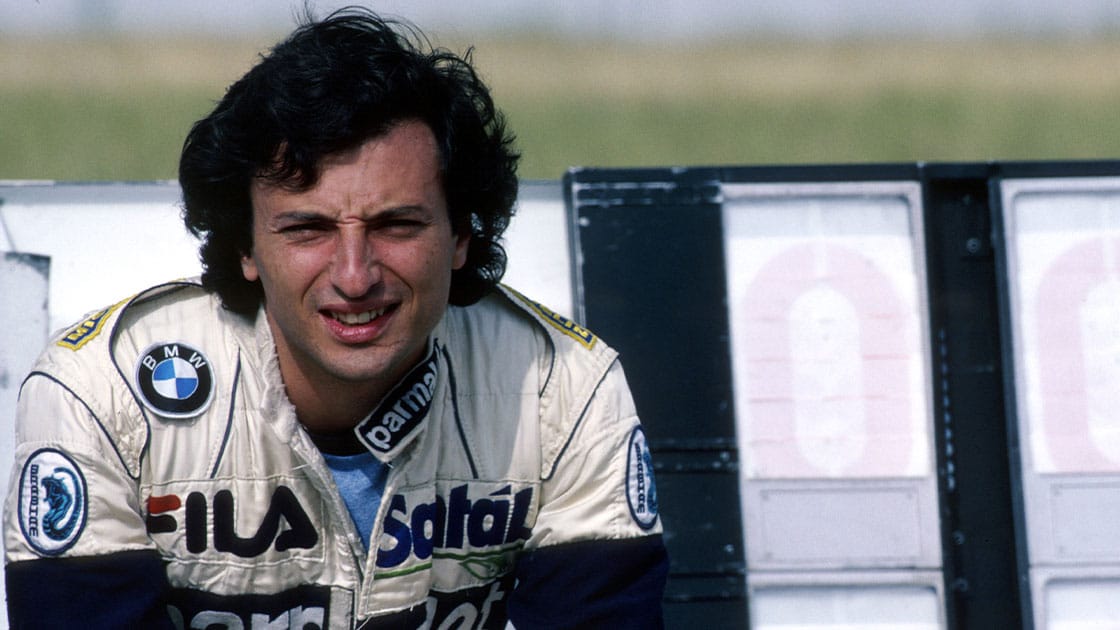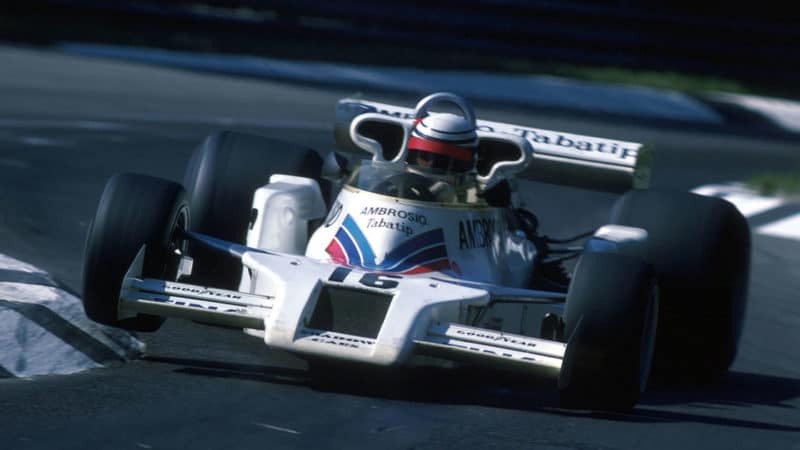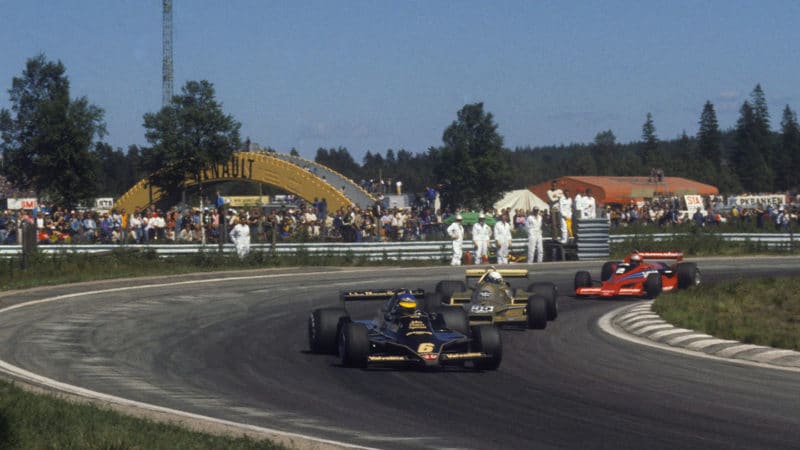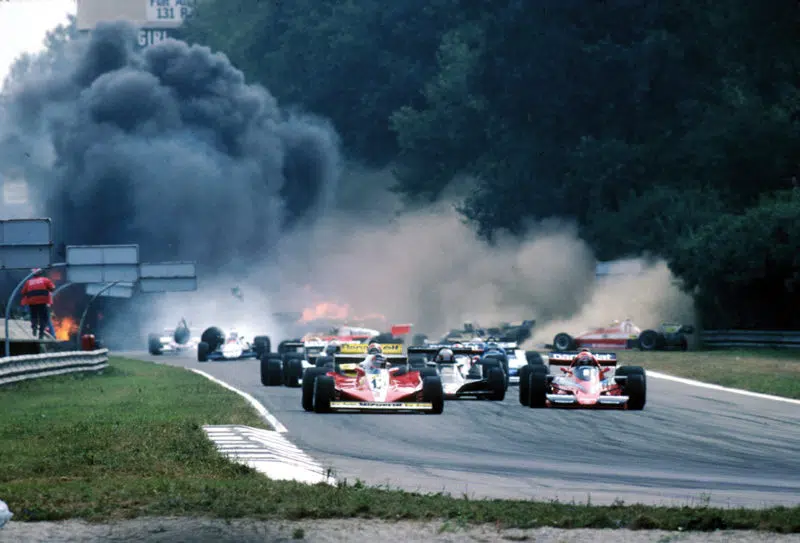“Yes, it was hard, I was young and maybe I try to be too aggressive. But we built a new car in 50 days and the re-design was not so accurate, not so competitive, and I wanted to get back to the front where we’d been at the start of the season,” he explains. “We were struggling and I was pushing as hard as I could, trying to make up lost time.”
The weekend of September 10, 1978 was a crisis in Patrese’s career, events unfolding at an unstoppable pace. By the time of the Italian Grand Prix, Riccardo was under pressure, whispers were turning to cat calls and the pack, led by Hunt, was on the warpath. They told the young Arrows driver that he was out of order, had better calm down. Then came the dreadful accident on the Monza grid. Peterson was injured in a huge shunt just seconds after the start, the ambulance taking an age to get him to a hospital where his wounds were alleged to have been improperly treated and where he later died, not of his injuries, but of an embolism.
“This was terrible, you know. I lost a friend and they blamed me.” He gazes at the sky. “They said it was my fault. But no, it was not. I was in front of Ronnie on the grid and the crash came from behind. It was not easy at all. I was just 23; there was so much pressure after that.”
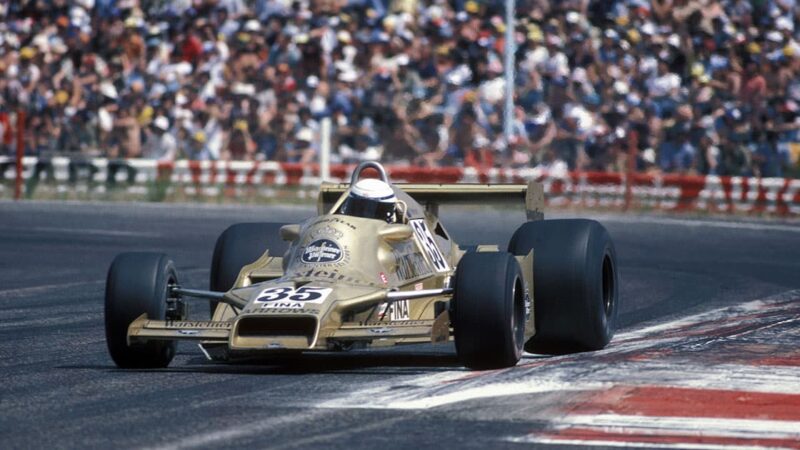
’78 would bring further success, but also the greatest challenge of Patrese’s career
DPPI
It got worse. Hunt, particularly angry after the Peterson accident, roped in his senior colleagues and led the witch hunt against Patrese.
By the time the teams arrived at Watkins Glen for the American GP three weeks later, no fewer than four world champions had decided Riccardo must be punished for what they considered to be dangerous driving, and his part in the Monza tragedy. Much later, a typically protracted Italian legal investigation cleared him of any wrong-doing, the video tapes even suggesting that Hunt may have played a part in the accident.
